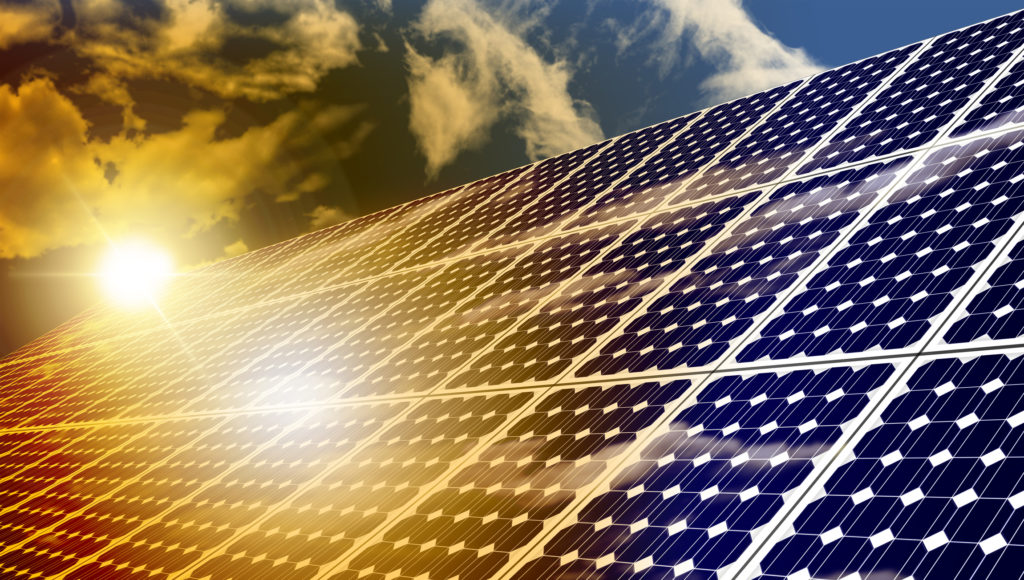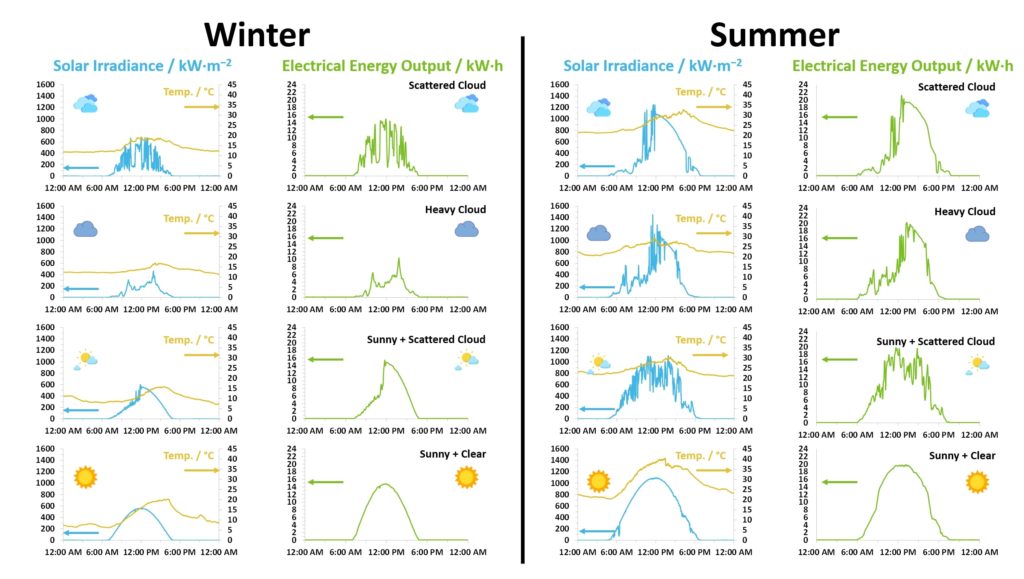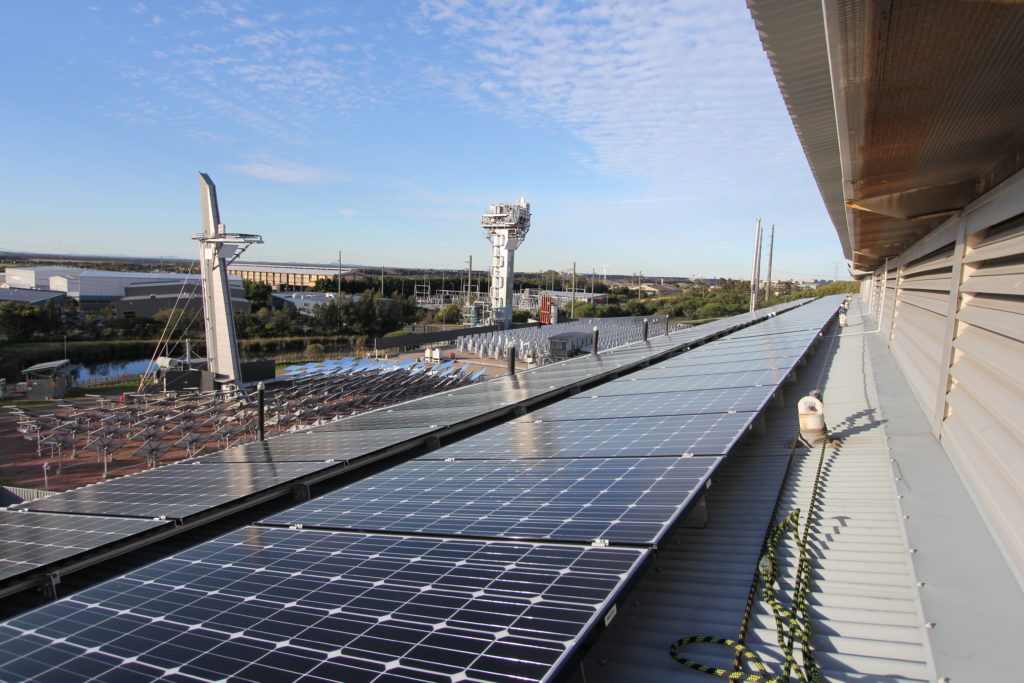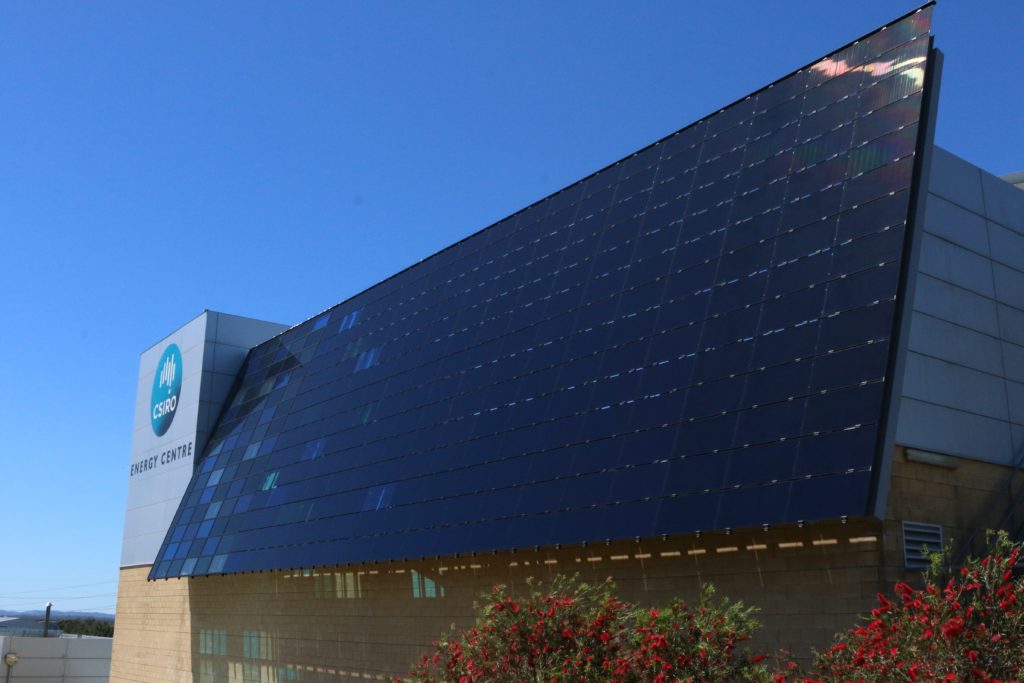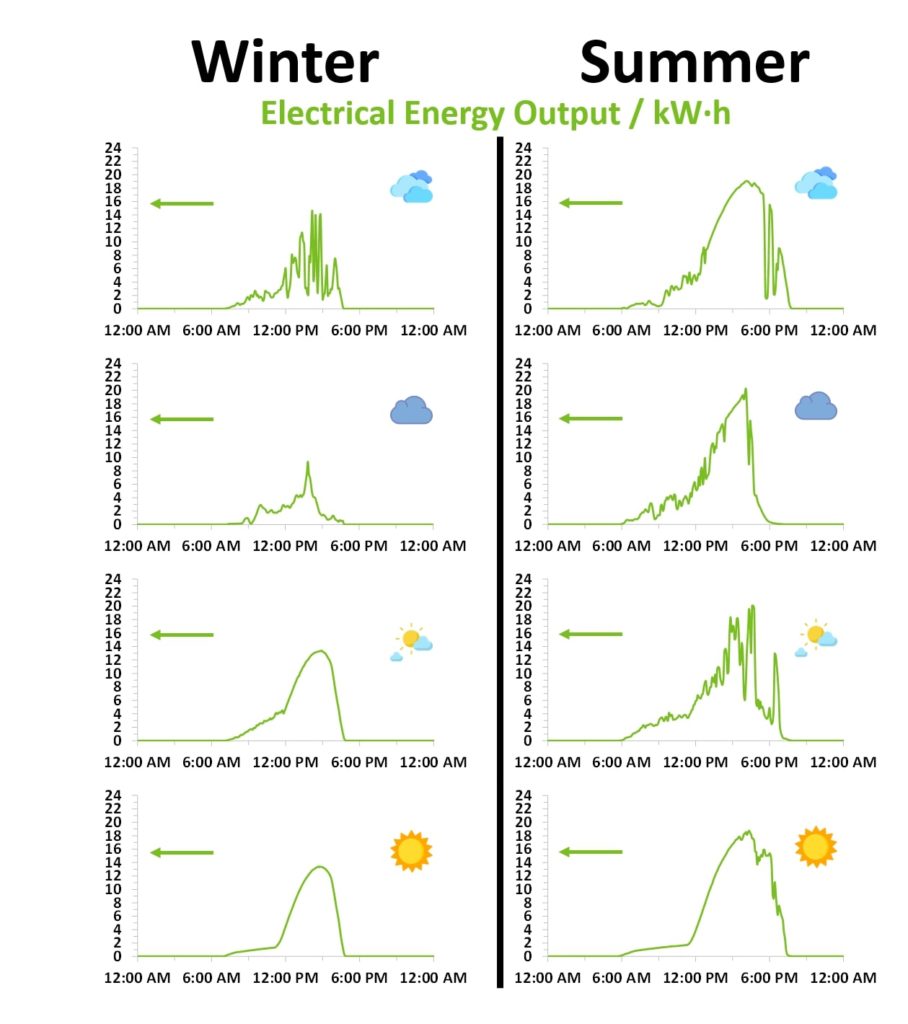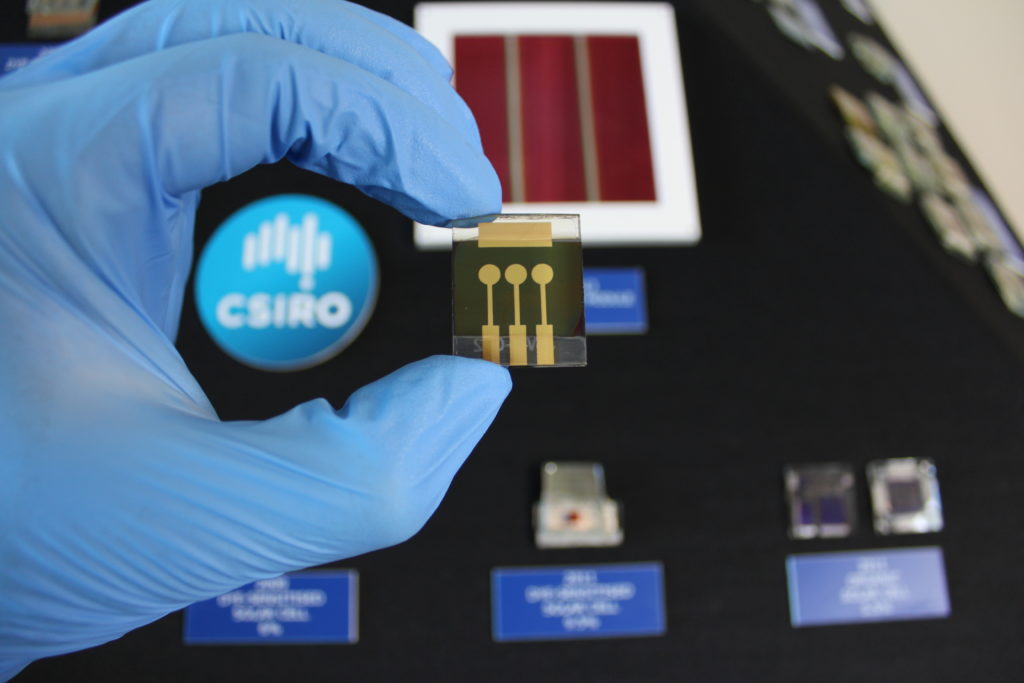Not too hot, not too cold. What’s ‘just right’ for solar PV?
‘Tis the season to be merry. And it’s the season to think about summer, sunshine and solar panels.
We have plenty of sunshine in Australia, and in summer, we have extra daylight hours and even higher solar exposure. So, what does this mean for the production of solar energy?
With renewables playing an increasingly important part in our energy mix, how do these seasonal variations affect our ability to generate solar when we need it most?
First, let’s take a step back: how do photovoltaic (PV) solar cells work?
Solar photovoltaic (PV) panels adorn over two million household rooftops across Australia. This is one of the highest levels of solar uptake in the world. Australia always punches above our weight on the world stage, if it’s not cricket or surfing it now includes renewable energy – Go Team Australia!
PV technology allows sunlight to be captured. How? First, light energy from the sun strikes the surface of the active material that makes up the solar cells (typically a semiconductor made from silicon). This excites electrons in the material, which we then capture as electricity.
You might think that solar panels would work best in summer, when there’s more sunshine. But how hot is too hot for effective solar generation? Are long, cloudless days in autumn or winter the true friends of solar PV?
We asked our Solar Technologies leader, Professor Gregory Wilson and his research team in Newcastle to investigate.
So is summer or winter better for solar?
“The Newcastle site has more than 300 kW of installed solar panels and quite possibly the most accurate solar ground station in Australia”, said Gregory. “We took a close look at data from the few days around the winter and summer solstices (the peaks of each season). From that we can understand the effects of a ‘typical’ summer and winter day on how much solar energy we can capture”
Here is some data from our Newcastle Energy Centre. Each row shows different weather conditions: scattered cloud, heavy cloud, sunny with scattered cloud, or sunny and clear.
Let’s look at the column on the left, for each season: it shows us the solar irradiance (a measure of how much solar energy reaches the earth) data in blue, and the corresponding temperature profiles (in yellow) for the days surrounding the summer and winter solstice in a typical year.
Solar irradiance, temperature and electrical output data from the few days around the winter solstice (left) and the summer solstice (right) as a measure of the effects of seasons on solar power generation.
The column on the right, for each season, shows the electrical energy output for each of those days. This electrical output was measured from one of our larger solar panel arrays, a 25 kW system (pictured below). It faces north and was installed to maximise energy output throughout the year.
A view of the 2 ×25 kW silicon solar panel arrays on the roof of our Newcastle Energy Centre.
What can we take from this comparison?
We noticed that the amount of solar energy (solar irradiance) on a clear day in summer is about double the sunlight we receive in winter.
Despite the fact that temperatures outdoors are higher in summer (sometimes over 40 °C), the amount of light converted to electrical energy is still far higher in summer than in winter. In fact, the electrical energy output on a very cloudy summer’s day, is still higher than a clear, sunny day in winter.
“Simply put, summer generates a lot more electrical energy overall,” said Dr Wilson. “There are a number of factors that affect the amount energy generated by solar PV … and in summer these factors come together with more daylight hours, generally sunnier days, and even daylight savings creating a shift in energy usage.”
Good afternoon, sunshine
If you visit our Energy Centre, you’ll see west-facing solar panels on the main building, to maximise the solar energy captured in the afternoon. Why do we do this?
The façade of the Newcastle Energy Centre is a PV array featuring 22 kW of thin-film solar panels. It faces west to capture the afternoon sun.
“This approach to energy generation is a practical example of ‘peak-shift’,” Dr Wilson said.
“It’s where we orientate the building and solar array so the peak time of solar energy collection is shifted from, say, a midday maximum to a mid-afternoon maximum. So, we collect energy late into the afternoon, as the sun sets in the west, to match most people’s larger energy needs in the afternoon and night time.”
Electrical output data from our Energy Centre array the few days around the winter solstice (left) and the summer solstice (right) as a measure of the effects of seasonal and physical positioning on solar power generation.
A similar effect can be seen with the Energy Centre solar system, a 22 kW thin-film solar panel array, which turns ‘on’ later in the day, peaking mid-afternoon in winter and even later in summer.
“The array continues to generate electricity late in the afternoon, after 7pm around the summer solstice. But it’s clear that more energy is still captured in summer than in winter.” (Again, you can see the graph of this peak shift here.
Reaching new heats: solar in summer
While sunny warm days seem to be best for solar energy generation, silicon PV panels can become slightly less efficient as their temperature rises. This is due to a property of the silicon semiconductor, which means that these class of Solar PV panels have a ‘negative coefficient of temperature’: this means they produce less energy when really hot. On the other hand, thin-film PV panels have the reverse property and show a ‘positive coefficient of temperature’ and can generate slightly more energy on hot summer days.
So how do we avoid the solar panels overheating? Some have suggested that we float the solar arrays on dams and large bodies of water to keep them cool. We might also want to engineer new ways of cooling the panels with smart coatings that reflect the sun’s thermal energy (infrared irradiation) or using new thin-film semiconductors (like our perovskites!). Another idea is to put the thermal energy to good use and combine Solar PV and solar thermal to create a ‘photovoltaic-thermal’ (PVT) panel that generates electricity and hot water. The ways we can innovate to make renewable energy work for us are really only limited by our imagination!
Other bright ideas: better solar panels
It’s not just well-placed panels. Our scientists are working on next generation solar technologies, finding ways to capture even more energy from the sun.
As well as testing solar cell panels and systems, we’re looking into new high-efficiency, low-cost solar cells. One example using a new material based on perovskite semiconductors. This technology combines the light-capturing potential of perovskites with that of silicon in what is called a ‘tandem solar cell’. It would increase overall absorption of energy from the sun, improving the solar cell performance and energy efficiency.
Perovskite semiconductors are a new type of thin-film solar cell technology that has the potential of increasing the performance and energy efficiency of solar panels for electricity generation.
Our ongoing research across a broad range of solar technologies means that small to large-scale solar options are becoming more advanced, more available, and increasingly cost and energy efficient.
This is good news for solar technology in Australia, given we have the highest average solar irradiation per square meter of any continent globally, no matter the season. Our famous sunshine can be captured and used on a journey toward a more sustainable energy future.
And with a warming climate, it’s vital that we incorporate several clean energy technologies into the mix. Solar will do its fair share, but we also need to think about what else we can use – like how we take use the sun’s thermal energy and create electricity or industrial heat, or even solar fuels using concentrated solar thermal technologies. And in addition to different generation types, we must link them all together through networks and intelligent management systems like a virtual power plant.
A sustainable future using renewable energy is all part of how CSIRO creates and innovates using science and technology for Australia!

